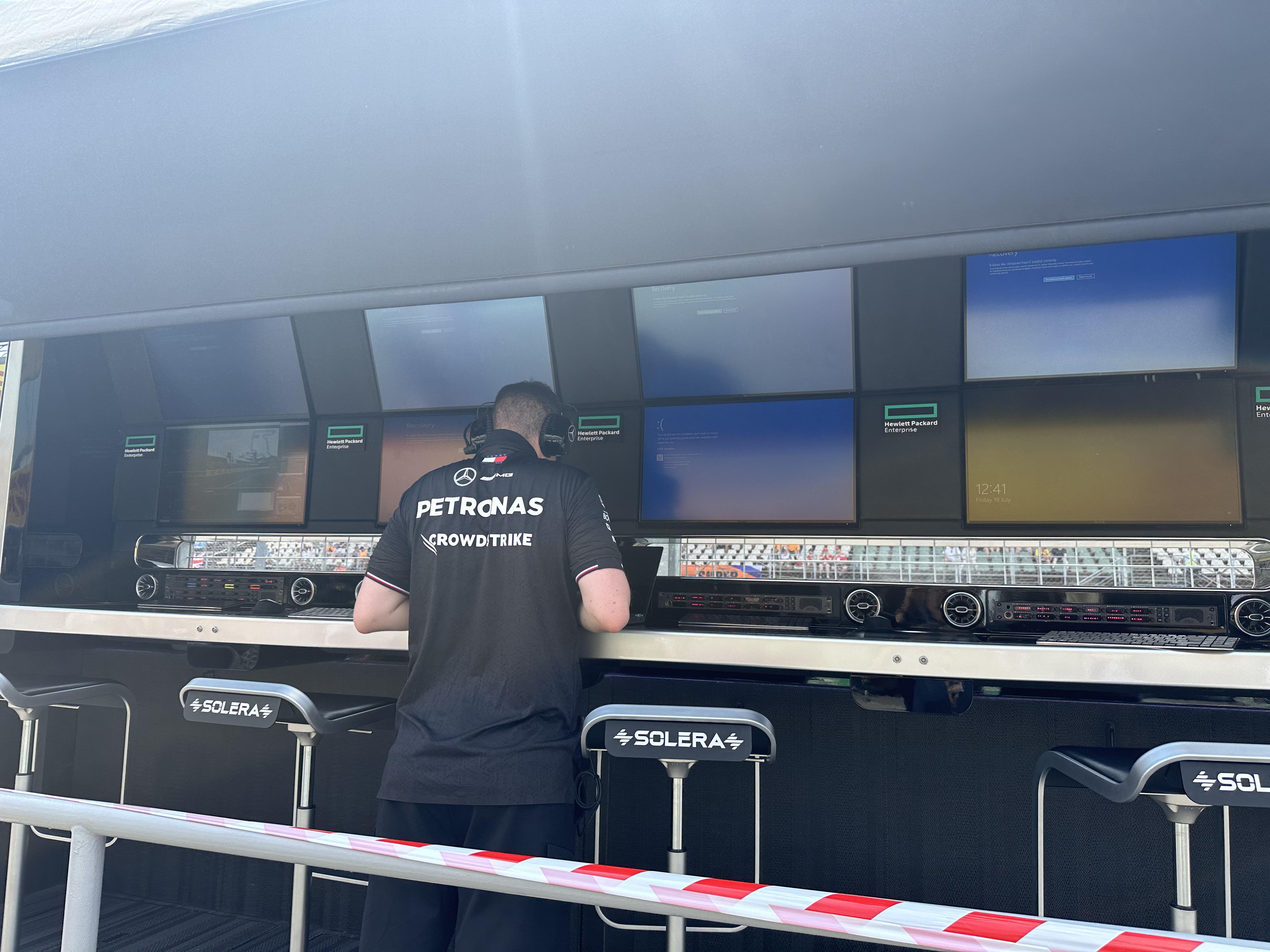

I’m sorry. How do you expect a jet flying to get even close enough to a satellite to accelerate a missile to it?
Highest ever flow fixed wing “aircraft” is SpaceShipOne with rocket engines. Well above what a typical fighter jet might do: 112km height at 910m/s And a typical rocket will go what? Mach 2 or 3? So let’s say Mach 4 at 112 km, which is 1096 m/s
A typical Starlink orbit is either around 340km height or more typical 550km at either 7726 m/s or 7613 m/s at the different heights.
That gives a minimum distance traveled of at least 228km and a speed gap of 6630 m/s or 23868 km/h that the missile still needs to close.
There are probably ways that Brazil could try and destroy satellites if they want to. But launching missiles from (rocket powered) jets definitely isn’t one of them.




I have been using a MacBook trough work for 7 years now and I think I actually clicked shutdown once this year too keep the battery at ~80% during my 1 month holiday. Otherwise I maybe reboot it once every month or two to fix some weird homebrew upgrade issues. And that’s it. The thing is just “on” in deep sleep, forever.
If the Mac mini’s behave similarly to the MacBooks, the standby energy usage is so low it’s probably easier to just keep it in on/standby/sleep all the time and just wake it by keyboard or mouse. And because Apple develop their own hardware, standby and sleep actually work reliably. So they probably intend for you to only use that power button for a hard reset. Even shutting it down and moving it, plugging the power back in wil probably start it up again. Just like opening the lid on my shutdown MacBook also boots it before I even touch the power button. Even a keypress or mouseclick will probably turn the damn thing on.
Yes it’s an odd design choice, but in regular day to day use it probably won’t matter. Especially if you realise that its not a windows machine that needs to shutdown or reboot often.